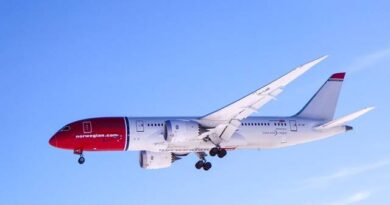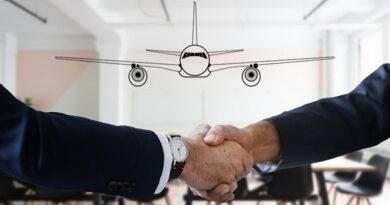Taxi Bot
Aircraft taxiing at airports consume large amounts of fuel, emit tons of CO2, and create excessive noise. The taxi-out phase itself accounts for about 5% of the total fuel consumption in a flight. Don’t let the numbers confuse you though; if it is a Boeing 747 we are talking about, only fifteen minutes of taxiing can burn approximately one tonne of fuel! These numbers however, decline in the taxi-in part as there is less weight through burnt fuel during the flight. But even the lower end of taxi is still a contributing factor especially in congested airports with more stops due to traffic. So, what if there was a way to minimise it all?
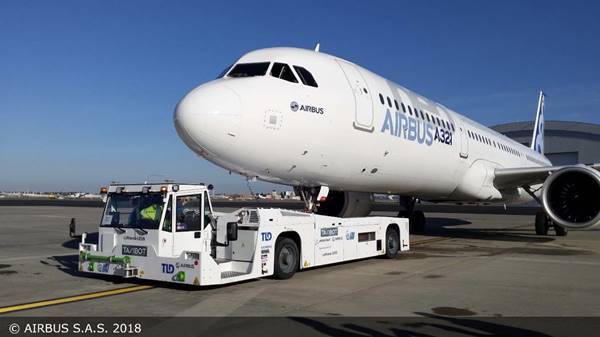
What we see on the picture here is not just a pushback tug but it’s Smart Airport System’s “TaxiBot”. The Taxi Bot is a semi‐robotic hybrid dispatch towing system designed for taxiing airplanes from the boarding gate to the take-off runway without using its engines power. The operation begins with the operator of the Taxi Bot performing pushback and continues immediately with the taxi phase. There is no need to wait after the pushback, eliminating bottlenecks which is usually created by 5 to 10 minutes of preparation time required in the apron and gate area. There also aren’t any setbacks with the speed of taxi as this system can pull current aircraft taxiing speeds (23 knots) under fully loaded conditions only by using its own power. Additionally, as there is less fuel onboard with the help of the Bot, the freed up weight can be used for extra payload; cargo or passengers, benefiting the airline.
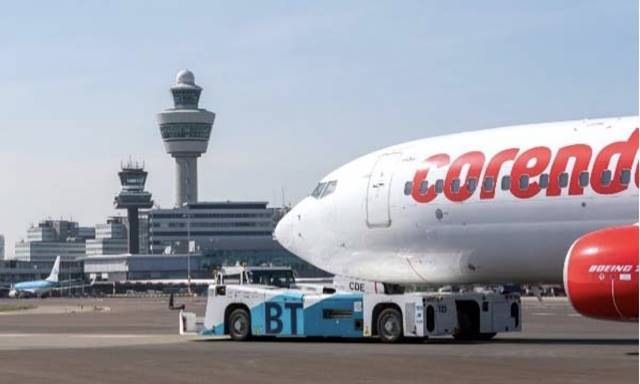
On the safety perspective, there also seems to be no dispute, in fact, the system even improves safety. Since the pilot is in control of the taxi manoeuvres, using airplane tiller and brake pedals just like regular taxiing, there is now an additional lookout for FOD’s who is closer to ground. On slippery or icy surfaces, with the help provided by the extra set of wheels, increased traction and less need for a Follow Me car to guide the plane under low visibility conditions are the cherry on top. Not to forget, the system has been certified by both EASA and FAA. Only requirement is a short e-training for the pilots!
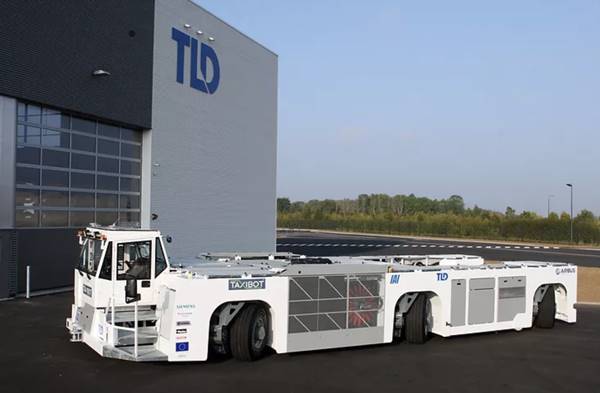
The system currently has two models being NB (Narrow Body) & WB (Wide Body) TaxiBots. The single-aisle version serves models between A318 to A321 and B737 to B757 while the twin-aisle one has the range of A330 to A380 and B767 to B747. This scale covers more than 70% of the modern airliner fleets.
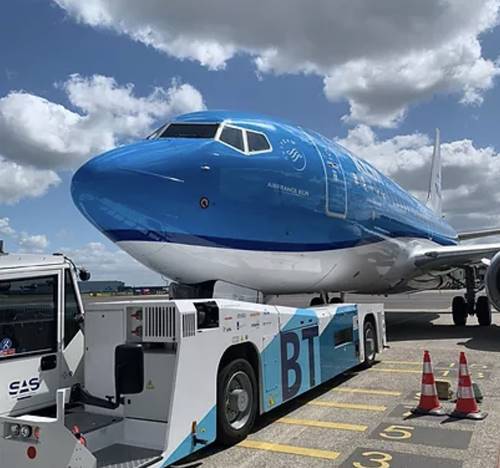
The first three TaxiBot NBs were delivered to Lufthansa LEOS in Frankfurt International Airport as they are the launching customers. The company has partnered with other industry leaders like Airbus, Boeing, TLD and Siemens in the creation of this simple yet beneficial craft. Since the roll out in 2012, the Bot has now served in Amsterdam Schipol, Delhi, Frankfurt and Paris Charles De Gaulle Airports; working with big names like KLM.
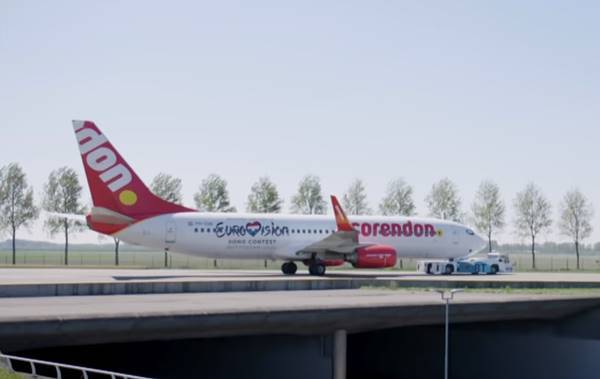
To sum up the benefits:
Major fuel savings
Major reduction of the greenhouse gases and noise levels
Decreased FOD damage by 50%
Increased efficiency throughout all the gates
Happy TaxiBoting!
Content editor: https://www.linkedin.com/in/sermetozturk
